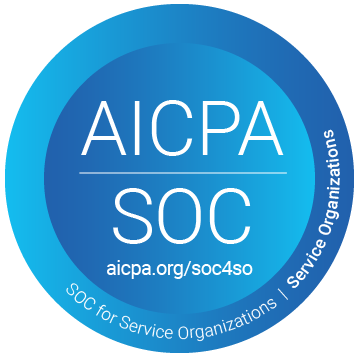Why Include Water Management in your Risk Management Plan
Summary
Legionnaires’ Disease, a severe form of pneumonia that causes inflammation in the lungs, can be serious for some patients. Recently, Michigan has seen a spike in illnesses due to this disease. We are going to go over how this disease is spread, the side effects patients may experience, and how to prevent and include this in your Risk Management Plan.
Recently, Michigan health officials have reported a 569% surge in cases of Legionnaires’ Disease since 2020. According to the Michigan Department of Health and Human Services, there have been 107 reported cases of the illness in 25 counties.
Health Department Officials state that the reason for the increase in cases may be related to changes in weather, including flooding and warmer than usual temperatures.
According to Claims Journal, another case in Minnesota has been recently traced back to a spa at the Ramada by Wyndham Hotel with two confirmed victims of legionnaires’ disease.
Having a section for water management in your Risk management Plan is a vital strategy that ensures the protection of public health while helping you maintain the quality, safety, and reliability of water throughout the facility.
We are going to explain this health risk more in-depth and why you need to account for it in your Risk Management Plan.
How is Legionnaires’ Disease Spread?
Legionnaires’ Disease spreads through contaminated water carrying Legionella Bacteria. According to the CDC, Centers for Disease Control and Prevention, communal areas of exposure include:
- Showerheads and sink faucets.
- Cooling towers.
- Hot tubs.
- Decorative fountains and water features.
- Hot water tanks and heaters.
- Large, complex plumbing systems.
When the bacteria infects water, people can breathe in the droplets and become infected with the disease. Because Legionella is not spread from person to person, it is easy to trace back to the source.
What are the Side Effects?
Legionnaires’ Disease is a form of pneumonia or a lung infection, so the two have common side effects for patients with severe cases.
- Cough.
- Shortness of breath.
- Fever.
- Muscle aches.
- Headaches.
Symptoms present two to ten days after exposure to the bacteria but could take up to fourteen days.
Who is at Risk for Legionnaires’ Disease?
Many people exposed to Legionella Bacteria will never get sick or present any of the side effects associated with the disease. However, there is a group that presents a higher risk of infection:
- Those 50 years or older.
- Current or former smokers.
- Anybody with chronic lung disease.
- Weakened immune systems.
- Cancer patients.
- People suffering from underlying illness.
To protect these individuals, building owners and property managers need to make sure that the building areas that are at risk of breeding the bacteria are continually disinfected to discourage contamination.
How to Prevent Legionnaires’ Disease?
There is no vaccine for Legionnaires’ Disease but prevention is the best course of action in these cases. Here are some useful steps to ensure water does not become infected.
- Check Water Temperatures: Avoid water temperatures between 77- and 104-degrees Fahrenheit. These temperatures are optimal for the growth of the bacteria.
- Avoid Stagnation: Legionella Bacteria grows faster when it is undisturbed. This means stagnant water is the perfect breeding ground. Property owners need to check that water systems, especially water heaters, are used often to keep water flowing.
- Water Storage: Spas, swimming pools, hot tubs, humidifiers, decorative fountains, and water heaters all store water that needs to be drained and replaced.
For Legionnaires’ Disease, the best prevention is regular maintenance. When water damage is repaired and water is treated, the risk of the bacteria forming is low.
Owners and Managers should also make sure they have a Water Treatment Plan included in their Risk Management Plan. Having a plan specific to the water in your building will help prevent Legionnaires’ Disease and other water-related damages and illnesses.
How can you Include Water Management in your Risk Management Plan?
Now that you understand Legionnaires’ Disease and are prepared to prevent this risk, here are seven steps to follow to build up your Risk Management Plan and ensure protection.
- Identify potential risks.
- Map out impact versus likelihood.
- Plan your risk response.
- Assign an owner to the risk.
- Understand triggers.
- Make a backup plan.
- Measure your risk threshold.
Finally, remember that all your water supply system development needs to be safe and meet health requirements. Due to the expansion of the industry, water supply providers are required to identify the risks that may arise from hazards.


